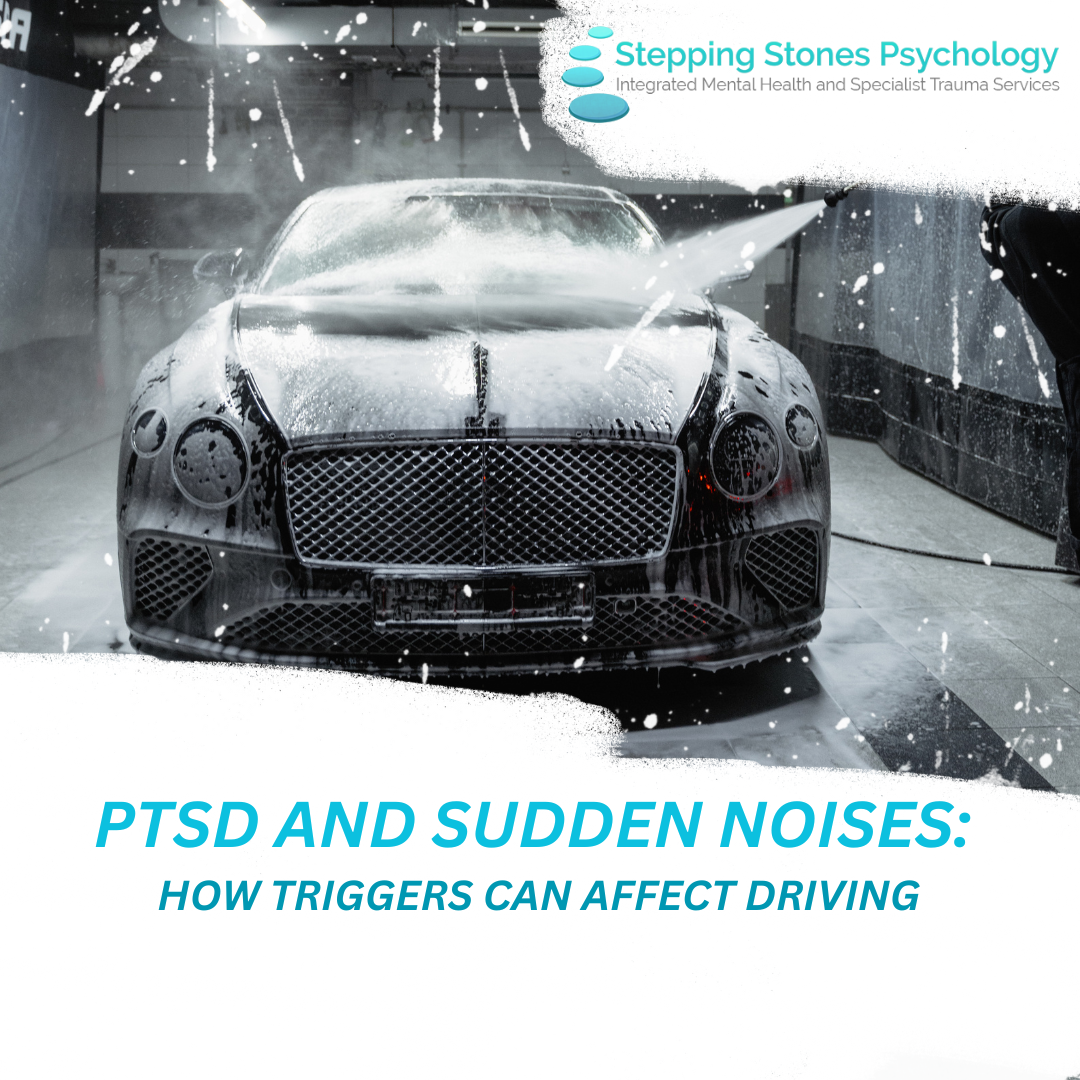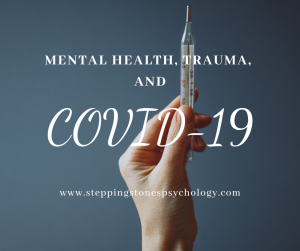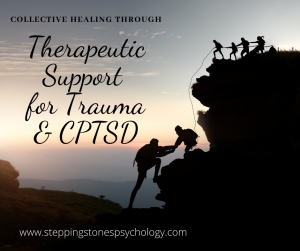PTSD can create automatic reactions to sudden noises like horns or sirens, and it is quite common to feel ashamed or weak when your body reacts this way. You are not alone as for many people with PTSD, these reactions can make driving feel unsafe. I don’t drive myself, and every time I have thought about it, I have chosen not to take it further because of this very reaction (freeze response to sudden noise). I have done a lot of trauma therapy, including EMDR, and it has really helped with many of my long-standing trauma-responses and triggers. That said, I still have a very strong freeze response to sudden noises, even something as simple as the postman knocking on my door!
For people with PTSD, sudden or loud noises can trigger a freeze response. This happens because the nervous system senses a potential threat or danger before your thinking brain has a chance to step in. It is an automatic survival reflex, which is basically your body’s way of protecting you in response to the perceived threat or danger. In a nut-shell, it is a complex physiological and behavioural reaction, which is often part of the fight-flight-freeze response. In PTSD, this response can become easily triggered, even by everyday noises like car horns, alarms, or sirens, or like I said earlier: Even just a simple knock on the door.
It is important to know that this freeze or dissociation response is not just limited to driving-related trauma. Anyone with PTSD can experience it, no matter what the original trauma was. With Complex PTSD, it can feel even more intense or layered, because repeated or multiple traumas can make these automatic reactions stronger and less predictable. It obviously makes it more complicated because there are often additional layers of hypervigilance built up over time as well.
According to the GOV.UK page on Post-traumatic stress disorder (PTSD) and driving, you need to inform the DVLA if your PTSD affects your ability to drive safely. If it doesn’t affect your driving, it’s not mandatory to tell them, but it’s always worth checking with your doctor if you are unsure. Driving obviously requires quick reactions to unexpected sounds like sirens, horns, or emergency vehicles. If you have a freeze response in that moment, it can be very risky, not just for you, but for others too. Even if it only happens occasionally, the unpredictability makes it harder to guarantee safe driving.
Even though EMDR can be really helpful for many trauma-related responses and triggers, the freeze response can feel a bit different. Like other trauma reactions, it can feel sudden, overwhelming, and out of your control. What makes it stand out though is how highly automatic it is, where your body reacts almost instantly, often before your thinking brain has a chance to step in. This can make it harder to manage in the moment compared with other trauma responses where you might get a brief window to notice what is happening and use coping strategies. That is why it can feel much more intense and why managing it in the moment can be harder than some other trauma responses.
Specialist trauma therapies, like EMDR and somatic approaches, can help reduce freeze responses over time, but it is a gradual process. EMDR can help reduce the intensity and frequency of these reactions, though it does not always remove them completely. This is because the freeze response is a deeply ingrained survival reflex, that has been learned over time, and often happens before conscious control is possible.
Sometimes, a freeze response can shift into dissociation. This is when your mind and body sort of switch off to protect you from feeling overwhelmed. In these moments, your ability to react or process what is happening can slow down, so it can feel like time has stretched out or like you are watching yourself from the outside. On the road, this can obviously be a problem. If a sudden noise or event triggers a freeze or dissociation, your reaction might be delayed, making it harder to respond quickly to traffic, horns, or emergency vehicles. That is why it is important to understand and manage freeze responses, especially if you are thinking about driving with PTSD.
EMDR works by helping your nervous system process traumatic memories and learn that the present is safe. This often reduces the intensity and frequency of trauma reactions, making them easier to manage. But because the freeze response is so ingrained, it is less likely to disappear completely. What EMDR can do is ‘soften’ the reaction. Instead of freezing for a long time, you might startle and recover more quickly. When combined with grounding techniques and somatic therapies (e.g., Sensorimotor Psychotherapy and Somatic Experiencing) that teach your body alternative ways to respond, EMDR can make the freeze response more manageable, even if it doesn’t completely disappear.
The important thing to remember is that the freeze response can improve over time, but it may still show up occasionally. The goal is to reduce its impact, not expect it to disappear overnight. Personally, I am concerned about the potential risk it poses not only to myself but especially to others while driving, since even after EMDR there is a chance it could appear automatically and unpredictably. For this reason, I continue to delay pursuing driving.
©Sharmi Gowri-Kriszyk under Stepping Stones Psychology




